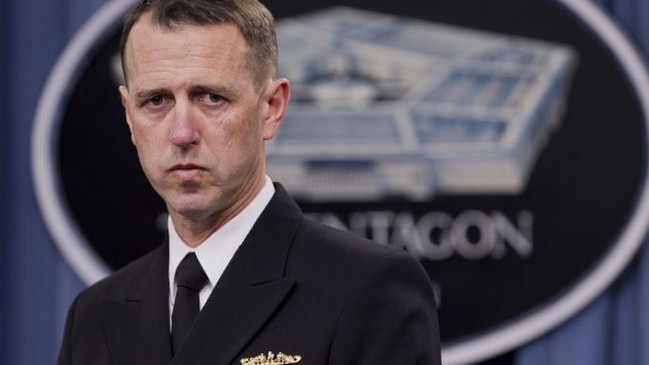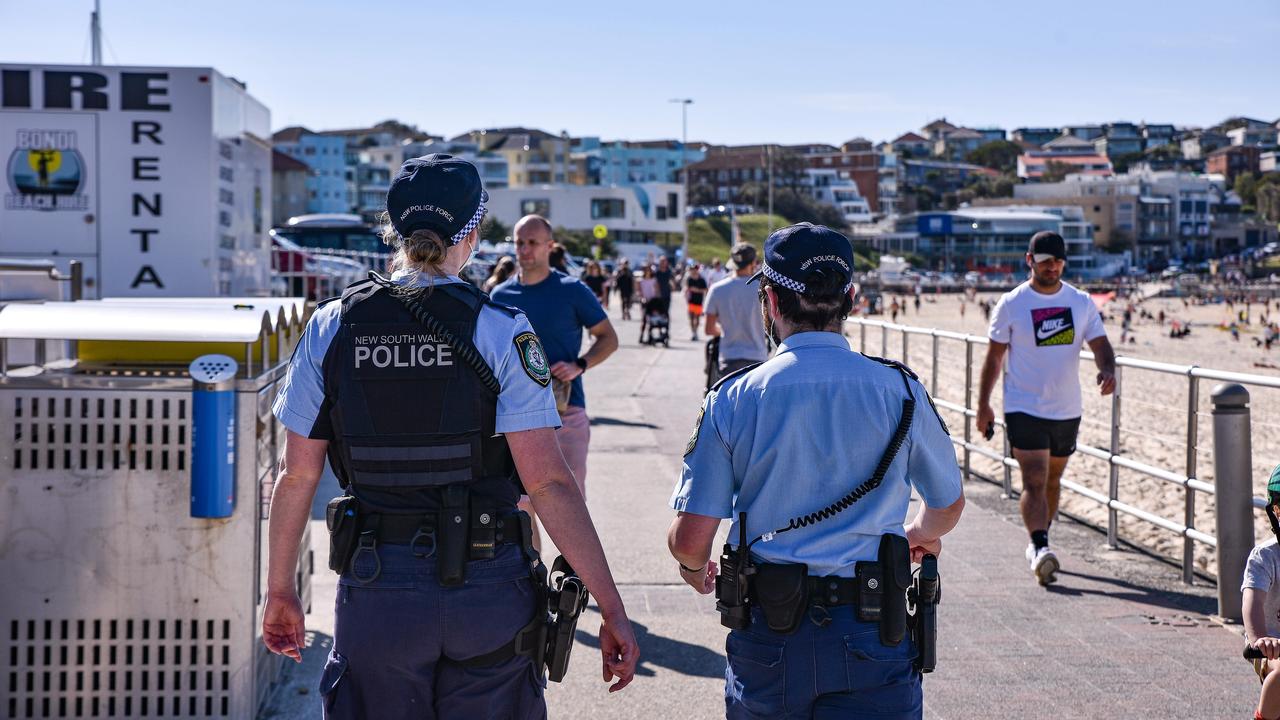US, Chinese admirals meet to defuse disputed islands tensions
A senior US navy official has begun a four-day visit to China for talks to reduce the risks of clashes in the South China Sea.

A senior US Navy official has begun a four-day visit to China for talks to reduce the risks of clashes in the South China Sea amid increasing tensions on the region.
The US chief of naval operations, Admiral John Richardson, arrived yesterday for meetings with his Chinese counterpart, Vice-Admiral Shen Jinlong, and other members of China’s Military Commission.
Announcing the visit on Friday, the US Navy said Admiral Richardson would be in talks that would “continue a results-orientated, risk-reduction-focused dialogue between the two militaries”.
Admiral Richardson said he was looking forward to the trip, his second visit to China as head of US Navy operations.
“A routine exchange of views is essential, especially in times of friction, to reduce risk and avoid miscalculation,” he said. “Honest and frank dialogue can improve the relationship in constructive ways, help explore areas where we share common interests and reduce risks while we work through our differences.”
The visit will take in Beijing and the eastern China city of Nanjing, the headquarters of China’s Eastern Theatre Command.
It comes at a time of increasing tensions in the South China Sea where the US Navy has stepped up its freedom-of-navigation patrols sailing past disputed islands in missions that have angered China while the US and its allies have expressed concerns at China’s construction of military-supporting infrastructure on some of the islands.
The latest incident came last week when guided missile destroyer USS McCampbell sailed within 12 nautical miles of the disputed Parcel Islands, which are claimed by China, Vietnam and Taiwan, in what the US Pacific Fleet said was an operation to “challenge excessive maritime claims”.
Coinciding with the start of talks between US and Chinese trade officials in Beijing last week, it was seen by some analysts as the US putting extra pressure on China during the negotiations.
In a more serious incident, a Chinese destroyer came close to the USS Decatur which was sailing through the South China Sea last September. The US Navy criticised what it said was an “unsafe and unprofessional manoeuvre” by the Chinese ship during the encounter.
While the US appears determined to continue its freedom-of-navigation operations in the area, this week’s visit may help pave the way for better understanding between the two navies designed to head off more dangerous clashes.
The Pentagon last year disinvited China from the Rim of the Pacific naval exercise on concerns of its increasing militarisation in the region. China had been included in the previous two versions of the exercise, in 2014 and 2016.
China has been critical of US arms sales to Taiwan, warning the US against further upgrading its ties with the self -governing island that China claims as part of its territory. Under Donald Trump the US has moved to step up ties with the island.
In a speech on January 2, Chinese President Xi Jinping, who is also head of the Central Military Commission, said China “made no promises to abandon the use of force” in its pursuit of reunification with Taiwan. He said both sides should begin talks on reunification to end the past decades of animosity.
China would not renounce the use of force in its long-term pursuit of reunification, a comment he said was aimed at pro-independence forces in Taiwan and the “interference of external forces”, a veiled reference to the US.



